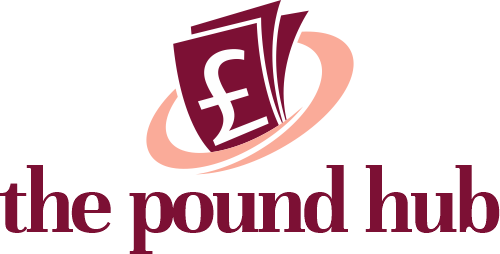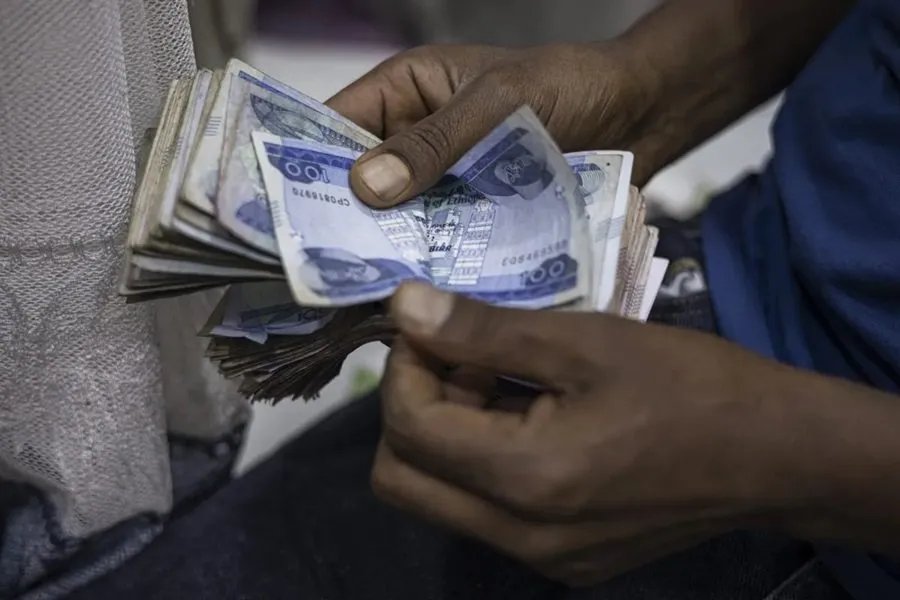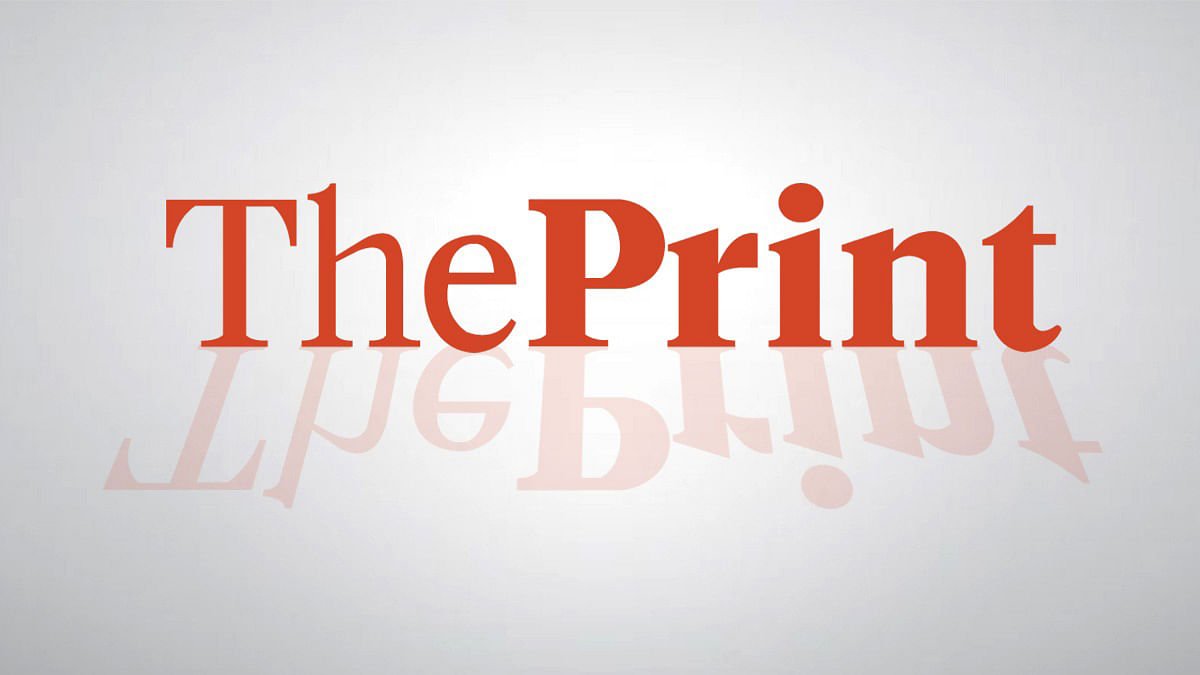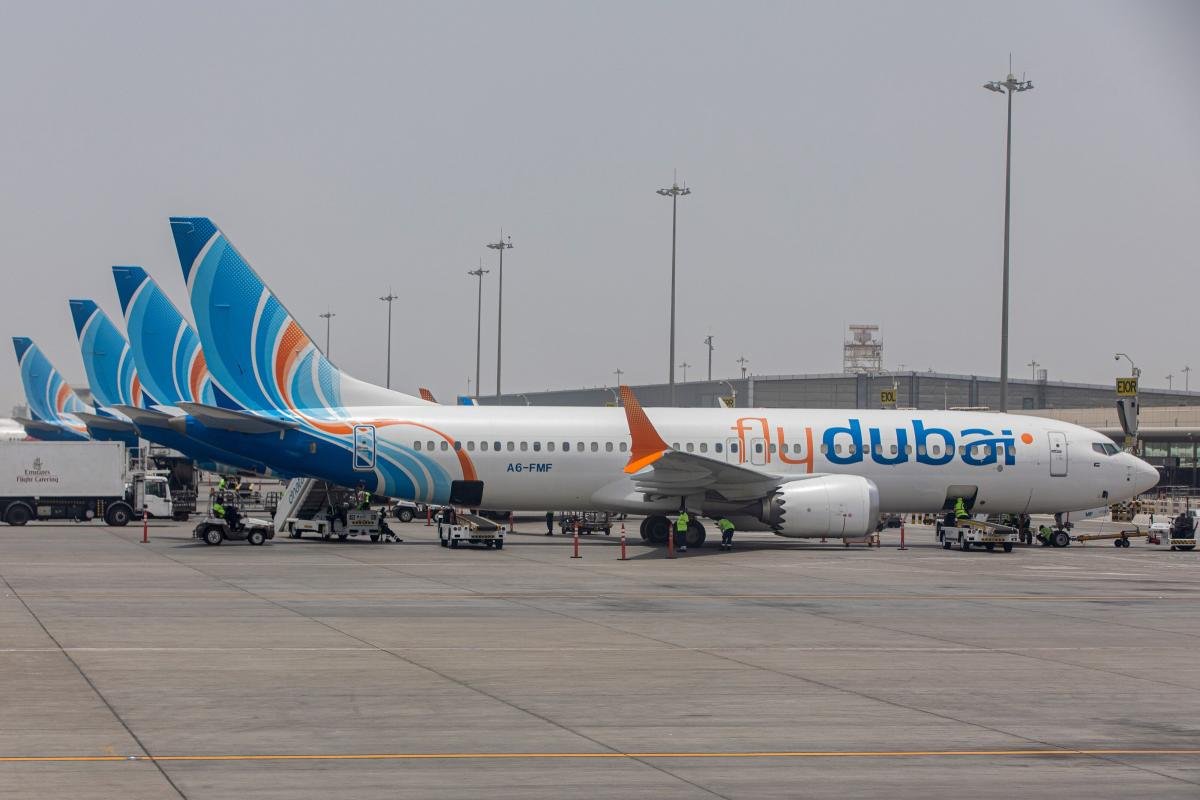
The South African rand traded weaker on Monday following the bombing of Iranian nuclear sites by the United States over the weekend.
The bombing left markets unsettled and investors flooding to safe havens, boosting the dollar and commodities like gold.
Unfortunately, this saw the rand weaken to around R18.15/$ from R17.70 a week ago.
According to Investec chief economist Annabel Bishop, the rand’s weakness is being driven by dollar strength under these conditions.
This has been the general trend over the past month or two, where local factors are not really giving direction to the currency.
It’s recent strength was driven by dollar weakness, evidenced by the rand having weakened against other major currencies like the pound or the Euro more generally.
The risk aversion created by the United States’ actions in Iran is not entirely unsurprising, but may have short legs.
Following the attacks, DeVere Group CEO Nigel Green said that currency markets would likely see a short-term bid for the US dollar on safety grounds, but the longer-term picture is more uncertain.
“With America now deeply embedded in a widening Middle East conflict and inflation risks rising, the dollar’s appeal could diminish if the US growth outlook deteriorates,” Green said.
“The dollar may rally initially, but this isn’t a clean, safe-haven story. If oil drives up inflation and suppresses consumer demand, we may see slower growth in the US and renewed pressure on fiscal stability.”
“That’s not necessarily a supportive environment for the dollar longer-term.”
Investec’s scenario modelling for the rand still has its base case set at a 50% likelihood, which should see the rand end the second quarter of 2025 averaging around R18.40 to the dollar.
A more positive outlook (15% probability) would see the rand average R17.50/$, while a more negative scenario (32% probability) has it tracking towards R20/$.
The rand is more likely to trend slightly stronger against the dollar throughout the year, ending 2025 around R17.90/$ the modelling shows.
Oil prices are a problem

According to Bishop, one of the bigget issues to watch out for coming from the attacks is the oil market.
Following the attacks, oil spiked past $80 a barrel on Monday before settling back to around $77 a barrel as markets anticipate Iran’s next move.
Bishop warned that a further escalation in the crisis, which is not unlikely, would see the oil price rise further.
Brent crude is expected to breach the $80 a barrel mark in the near term on market worries, as the US dollar continues to tick up mildly.
Bloomberg analysts noted that traders are holding their breath, waiting to see if Israel or Iran expand the conflict beyond military and political targets into traded energy.
Currently, no one has pulled the trigger, with analysts saying that prices could even reverse if they don’t.
The Middle East accounts for about a third of global crude production, but there haven’t yet been any signs of disruption to physical oil flows, including for cargoes going through the Strait of Hormuz chokepoint.
There are multiple, overlapping risks for crude flows. The biggest of those centres on the Strait of Hormuz, should Tehran seek to retaliate by attempting to close the narrow conduit.
About a fifth of the world’s crude oil passes through the waterway at the entrance to the Persian Gulf.
While South Africa is far removed from the heart of the crisis, the consequences will still be felt. Bishop noted that with the weaker rand and spike in oil, petrol prices are already building for a hike in July.
This will have an impact on inflation, which could feed into future interest rate decisions.
“The rand’s recent mild weakness and the rise of over $10 a barrel in the oil price will not unduly upset South Africa’s inflation outlook, which was expected to climb to 4.0% to 4.5% y/y by year end on statistical base effects in any case this year,” Bishop said.







